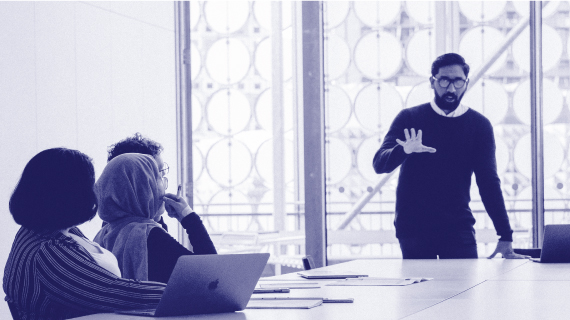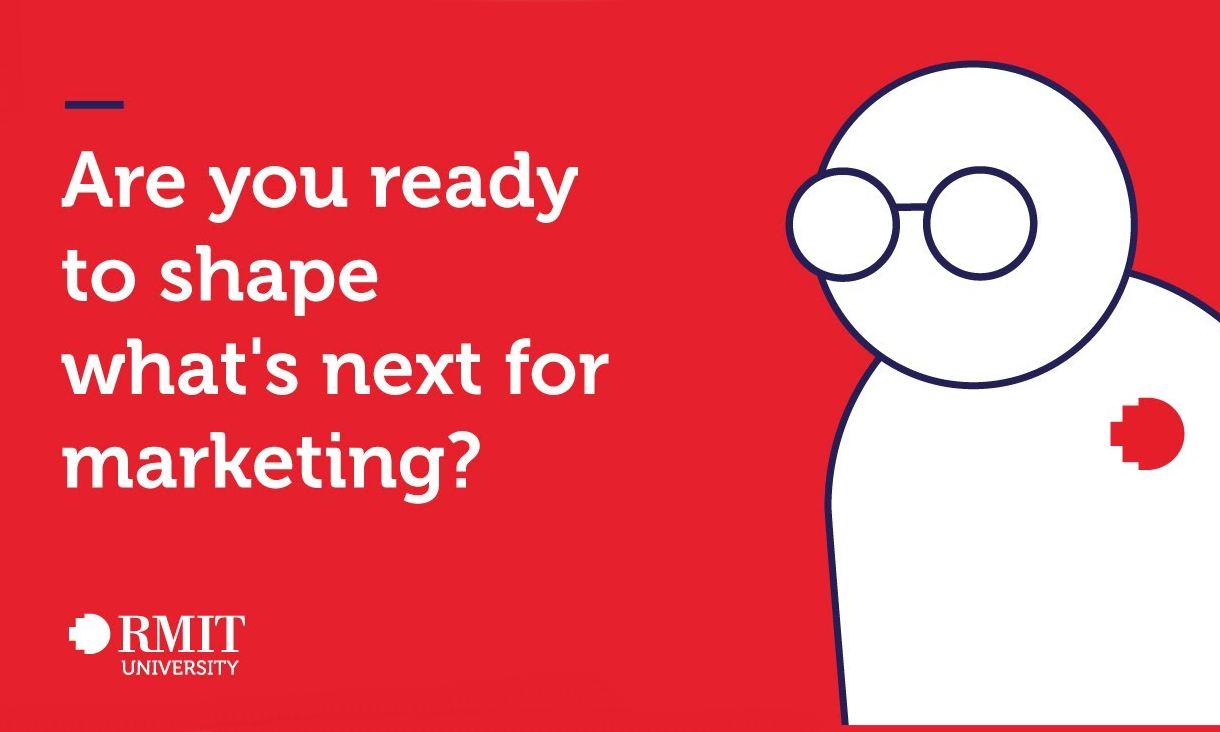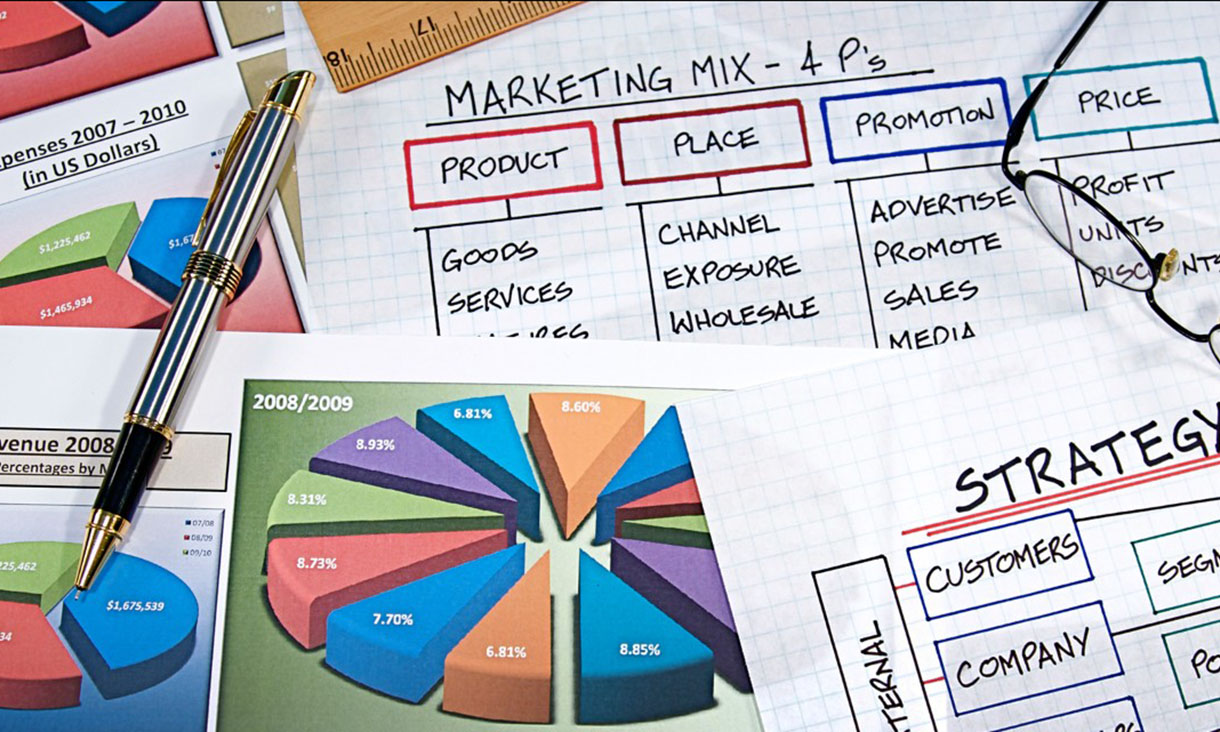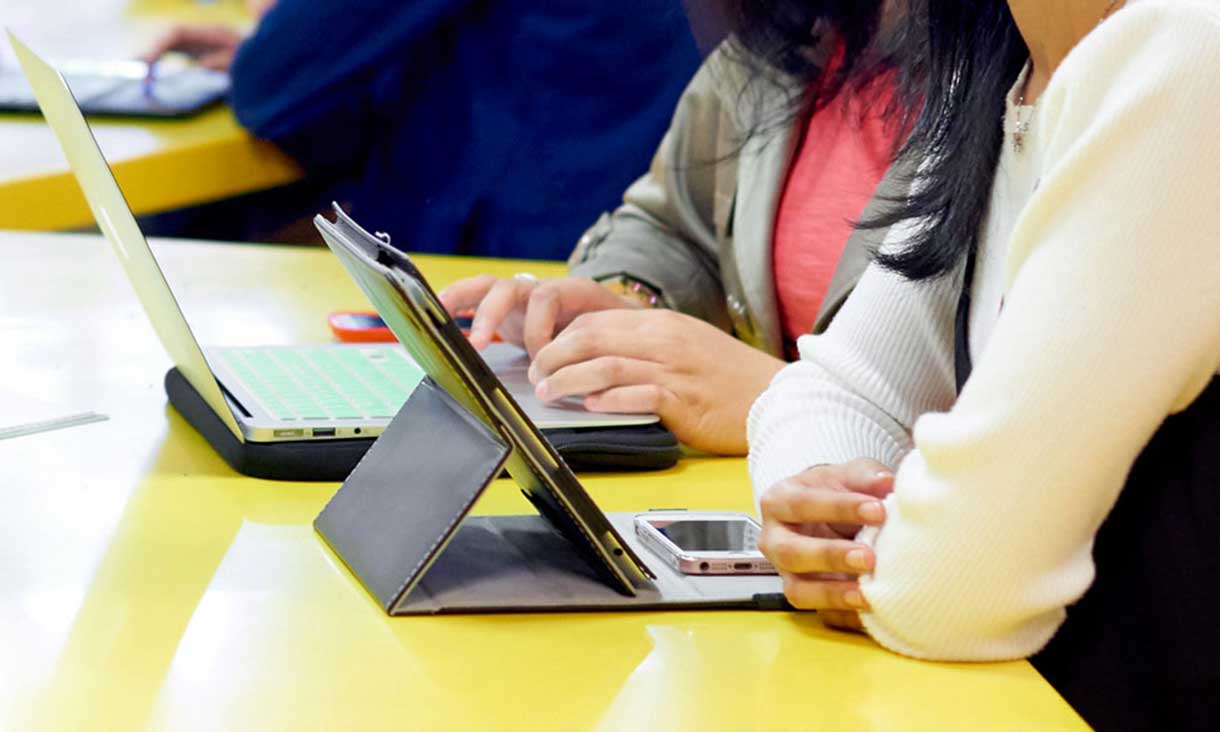| Diploma of Marketing and Communication | Diploma of Marketing and Communication | Vocational study | Melbourne City | Not applicable*Not applicable | |
| Diploma of Social Media Marketing | Diploma of Social Media Marketing | Vocational study | Melbourne City | Not applicable*Not applicable | |
| Bachelor of Business | Bachelor of Business | Undergraduate degree | Melbourne City | ATAR 67.00* 2025 Guaranteed ATAR 70.00See admissions | |
| Bachelor of Business Professional Practice | Bachelor of Business Professional Practice | Undergraduate degree | Melbourne City | ATAR 75.05* 2025 Guaranteed ATAR 80.00See admissions | |
| Bachelor of Business – Marketing major | Bachelor of Business – Marketing major | Undergraduate degree | Melbourne City | See course admissionsSee course admissions | |
| Bachelor of Commerce | Bachelor of Commerce | Undergraduate degree | Melbourne City | ATAR 80.00* 2025 Guaranteed ATAR 80.00See admissions | |
| Bachelor of Design (Communication Design) | Bachelor of Design (Communication Design) | Undergraduate degree | Melbourne City | Range of criteria*See admissions | |
| Bachelor of Laws/Bachelor of Professional Communication | Bachelor of Laws/Bachelor of Professional Communication | Undergraduate degree | Melbourne City | ATAR 85.30* 2025 Guaranteed ATAR 90.00See admissions | |
| Bachelor of Media and Communication (Honours) | Bachelor of Media and Communication (Honours) | Undergraduate degree | Melbourne City | Not applicable*See admissions | |
| Bachelor of Professional Communication | Bachelor of Professional Communication | Undergraduate degree | Melbourne City | ATAR 68.10*See admissions | |
| Online Bachelor of Business | Online Bachelor of Business | Undergraduate degree | Online | 2025 Guaranteed ATAR 70.00Not applicable | |
| Online Bachelor of Business – Marketing major | Online Bachelor of Business – Marketing major | Undergraduate degree | Online | See course admissions | |
| Graduate Certificate in Marketing | Graduate Certificate in Marketing | Postgraduate study | Melbourne City | Not applicable*See admissions | |
| Master of Advertising | Master of Advertising | Postgraduate study | Melbourne City | Not applicable*See admissions | |
| Master of Marketing | Master of Marketing | Postgraduate study | Melbourne City | Not applicable*See admissions | |
| Online Graduate Certificate in Business Analytics | Online Graduate Certificate in Business Analytics | Postgraduate study | Online | See admissions*See admissions | |
| Online Graduate Certificate in Marketing | Online Graduate Certificate in Marketing | Postgraduate study | Online | See admissions*See admissions | |
| Online Graduate Certificate in Product Management | Online Graduate Certificate in Product Management | Postgraduate study | Online | See admissions*See admissions | |
| Online Master of Marketing | Online Master of Marketing | Postgraduate study | Online | See admissions*See admissions | |
| Master of Business (Economics, Finance & Marketing) | Master of Business (Economics, Finance & Marketing) | Research programs | Melbourne City | Not applicable*See admissions | |
| Master of Design (Media & Communication) | Master of Design (Media & Communication) | Research programs | Melbourne City | Not applicable*See admissions | |
| PhD (Economics, Finance & Marketing) | PhD (Economics, Finance & Marketing) | Research programs | Melbourne City | Not applicable*See admissions | |
| PhD (Media & Communication) | PhD (Media & Communication) | Research programs | Melbourne City | Not applicable*See admissions | |





